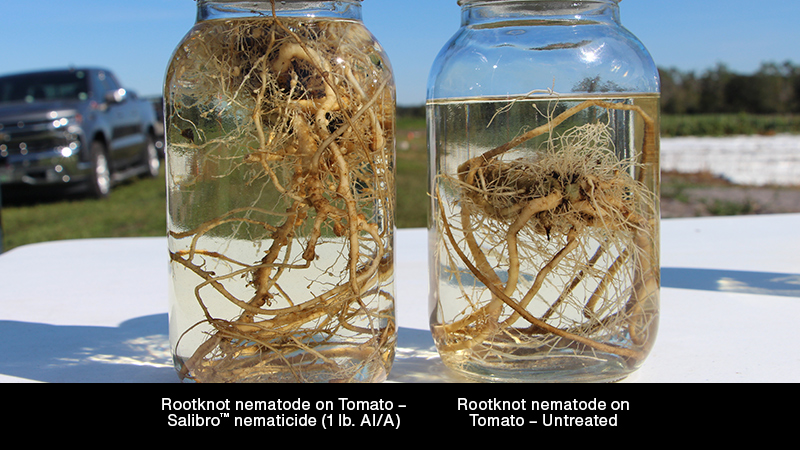Ways Drones Are Making Artificial Intelligence More Accessible To Farmers

Many small- and medium-scale family farms aren’t adopting artificial intelligence because it’s out of their price range and area of expertise. Can drones make it more accessible?
Why Is AI Out of Reach to Smallholder Farmers?
Many smallholder farmers can’t afford — or don’t know how — to integrate algorithms into their processes. In the U.S., small family farms making less than $350,000 before expenses accounted for 88.1% of all farms in 2022. Needless to say, they don’t have enough for AI.
Most smallholder and medium-scale farmers will need a mid-sized AI because crop, livestock and equipment management require complex analysis. They should expect to pay anywhere from $100,000 to $9,000,000 to train, test and integrate it. AI engineers alone can cost hundreds of thousands of dollars annually.
Since most family farms are priced out of AI, many have turned to drones to make it more accessible. One with the same capabilities as a mid-sized tractor costs around $150,000 upfront — and other models might be even less expensive. These unmanned aerial vehicles could help farmers take advantage of one of the most promising technological developments of the century.
How Do Drones Make AI More Accessible to Farmers?
Here are five ways drones make AI more accessible to smallholder and medium-scale farmers:
1. Real-Time Data Collection
When equipped with sensors, high-resolution cameras and imaging technology, drones provide a constant data feed for algorithms to analyze in real-time. Without this technology, farmers would need to find another — likely more complicated — way to transfer information.
Since the resulting analysis happens in real-time, there’s virtually no delay between data collection and insight generation. For example, where a manual survey can take up to 48 hours, a drone can finish in mere minutes. This speed is crucial during planting and harvest season.
2. Ease of Use
Developing and maintaining a model can be complex. Usually, without an AI engineer, most small businesses don’t have the expertise to do those jobs themselves. However, an integration simplifies things — a drone with a built-in AI is designed around ease of use, so farmers don’t have to worry too much about the technical side of things.
3. Built-In Accessories
Drones have cameras for capturing images from a distance, sensors for monitoring and nozzle systems for spraying fertilizer or pesticides. Farmers can add extra accessories. For example, they can use thermal imaging to measure soil moisture tension or detect nearby predators.
These accessories make AI more accessible because they provide more data for analysis. For example, since stressed plants can’t absorb blue and red light due to chlorophyll pigment loss, near-infrared light cameras could help algorithms identify crop diseases.
4. Data-Driven Insights
Drones enhance the accuracy of AI analysis. Since most threats to crops and livestock are visible, a basic model can provide enough information to improve data-driven insights. Whether farmers need their algorithm’s help to seed, irrigate or count cattle, they’ll only need one drone.
5. Cost-Effective Adoption
Farmers will spend less on an algorithm-powered drone than on AI development. They’ll also see additional savings due to the benefits high-resolution cameras and sensors offer. In fact, drone usage alone leads to a $2-$12 return on investment per acre, depending on the crop.
When farmers use drones to empower their AI, they often see significant returns that make up for the investment cost. This technology can increase their yields and save them time while minimizing the need for manual labor and equipment maintenance.
Will More Small Family Farms Use AI-Powered Drones?
While many small family farms are getting drones to take advantage of AI technology, adoption is relatively slow. According to the U.S. Department of Agriculture, farmers used aerial imagery for less than 10% of planted acreage of any row crop in recent years.
Although drones streamline many agricultural processes, minimize crop compaction and improve early disease detection, many farmers still hesitate to adopt them — even with AI’s added benefits. It isn’t too surprising, given that agriculture is often slow to implement modern technologies.
However, many farmers are catching on to the potential of an AI-powered drone. Since it can essentially replace their other, more expensive equipment, their interest is reasonable. As the adoption rate increases and others realize it isn’t as risky as they first assumed, more small and medium-scale family farms will likely adopt it.
The Future of AI-Powered Drones in Agriculture
Drone technology makes AI more affordable, easier to manage and more accurate. Farmers who use it could see even more significant returns. Soon, it could become a staple in the agriculture industry.










